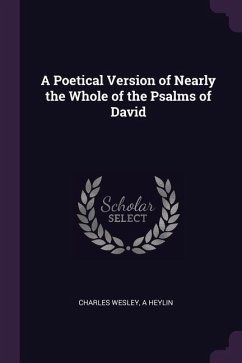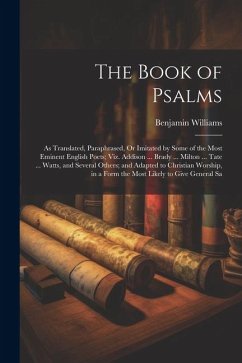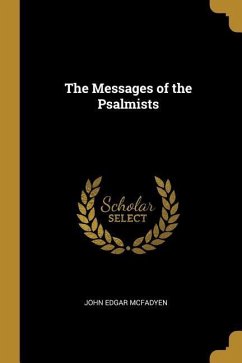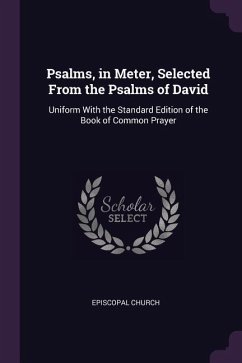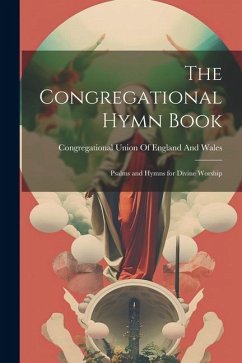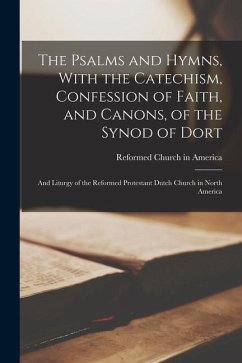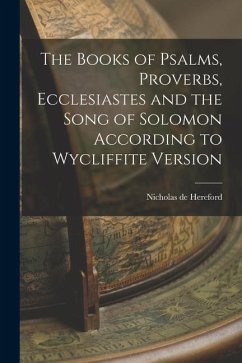
A New Version of the Psalms of David
Versandkostenfrei!
Versandfertig in über 4 Wochen
18,99 €
inkl. MwSt.

PAYBACK Punkte
9 °P sammeln!
A New Version of the Psalms of David, Fitted to the Tunes Used in Churches , published in 1754, presents a metrical rendition of the Psalms intended for congregational singing. Authored by Nicholas Brady, this version adapts the Psalms into a format suitable for use with popular church tunes of the era. This collection reflects the ongoing tradition of reinterpreting and adapting biblical texts for contemporary worship practices. Bradyâ(TM)s work offers insight into the musical and liturgical preferences of 18th-century Christian communities, providing a valuable resource for understanding th...
A New Version of the Psalms of David, Fitted to the Tunes Used in Churches , published in 1754, presents a metrical rendition of the Psalms intended for congregational singing. Authored by Nicholas Brady, this version adapts the Psalms into a format suitable for use with popular church tunes of the era. This collection reflects the ongoing tradition of reinterpreting and adapting biblical texts for contemporary worship practices. Bradyâ(TM)s work offers insight into the musical and liturgical preferences of 18th-century Christian communities, providing a valuable resource for understanding the historical development of hymnody and the role of music in religious expression. This work has been selected by scholars as being culturally important, and is part of the knowledge base of civilization as we know it. This work was reproduced from the original artifact, and remains as true to the original work as possible. Therefore, you will see the original copyright references, library stamps (as most of these works have been housed in our most important libraries around the world), and other notations in the work. This work is in the public domain in the United States of America, and possibly other nations. Within the United States, you may freely copy and distribute this work, as no entity (individual or corporate) has a copyright on the body of the work. As a reproduction of a historical artifact, this work may contain missing or blurred pages, poor pictures, errant marks, etc. Scholars believe, and we concur, that this work is important enough to be preserved, reproduced, and made generally available to the public. We appreciate your support of the preservation process, and thank you for being an important part of keeping this knowledge alive and relevant.



